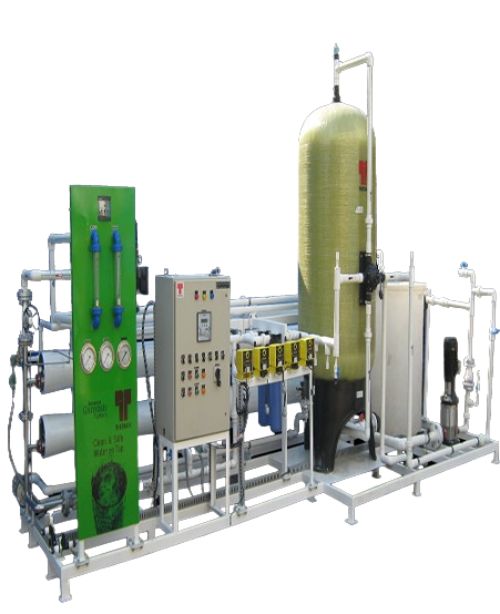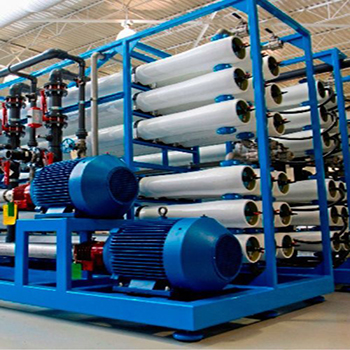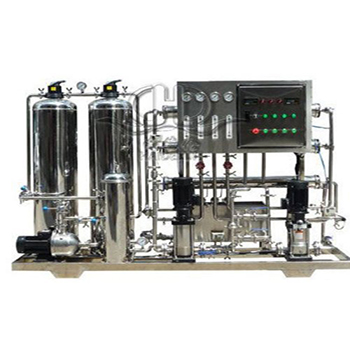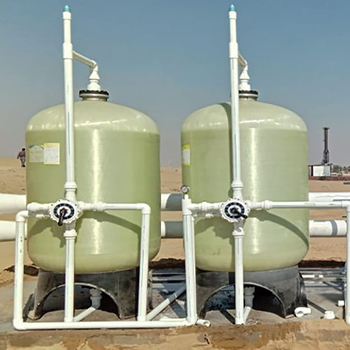
Reverse Osmosis (RO) Plants
We have 10+ years of experience with providing wide area of specialty services works listed below
Know About Reverse Osmosis (RO) Plants!
Quick Contact For This Product
Reverse Osmosis Information
RO plant purifies contaminated water by passing it through a semi-permeable membrane, resulting in production of pure water.
Hydroflux Engineering is a leading RO Plant Manufacturer in India not only manufacture of water treatment products but also wastewater treatment products such as sewage treatment plants (STP Plant), and effluent treatment plant (ETP Plant). Our vision and mission is to safeguard the earth’s resources and environment of Earth.
How does an Industrial RO Plant Work?
- The raw water undergoes a thorough purification process.
- Initially, it passes through a disc filter, which effectively eliminates large colloids and particles.
- Further passes through multigrade filter which removes turbidity, sediments and dirt from water and then the water is passes through the active carbon filter which helps to removes odor, colour and small particles like chlorine and other elements.
- Next, the water enters into Antiscalant Dosing System to prevent formation of scales on the edges of RO plant membrane.
- Further the micron filter removes turbidity from water up to 5 microns.
- Then, water is pressurized by pressure pump and enter in Reverse Osmosis Membrane, which removes dissolved colloids, bacteria, viruses, and particles upto 0.0001 microns.
- Then, the water enters into Rotameter and check the flow of final water, rejected water, and recirculated
- Bacteria, viruses and other harmful microorganisms are removed by an ultraviolet system present in RO Plant.
- The Fresh water which is safe to drink is produce after all the process above.
- The CIP cleaning system is used to clean RO membrane, which helps to remove scales in RO membrane and this cycle continuously repeates to produce fresh and pure water.
The Technology Used in The Reverse Osmosis Plant
- RO Purification
- UF Purification
- UV Purification
- Candle Filter Purifier
- Activated Carbon Filter Purifier
Industrial RO Plant Manufacturer
Water is a very important component of our life and in today’s world water has become a big issue for all, as the scarcity of water is increasing day by day. Water Treatment Company(Hydroflux Engineering) comes to solve this problem. As a leading manufacturer of Sewage Treatment Plant , Effluent Treatment Plant and Industrial RO Plant. Hydroflux Engineering comes forward to design according to customer need and machines are available to anywhere and everyplace.





















